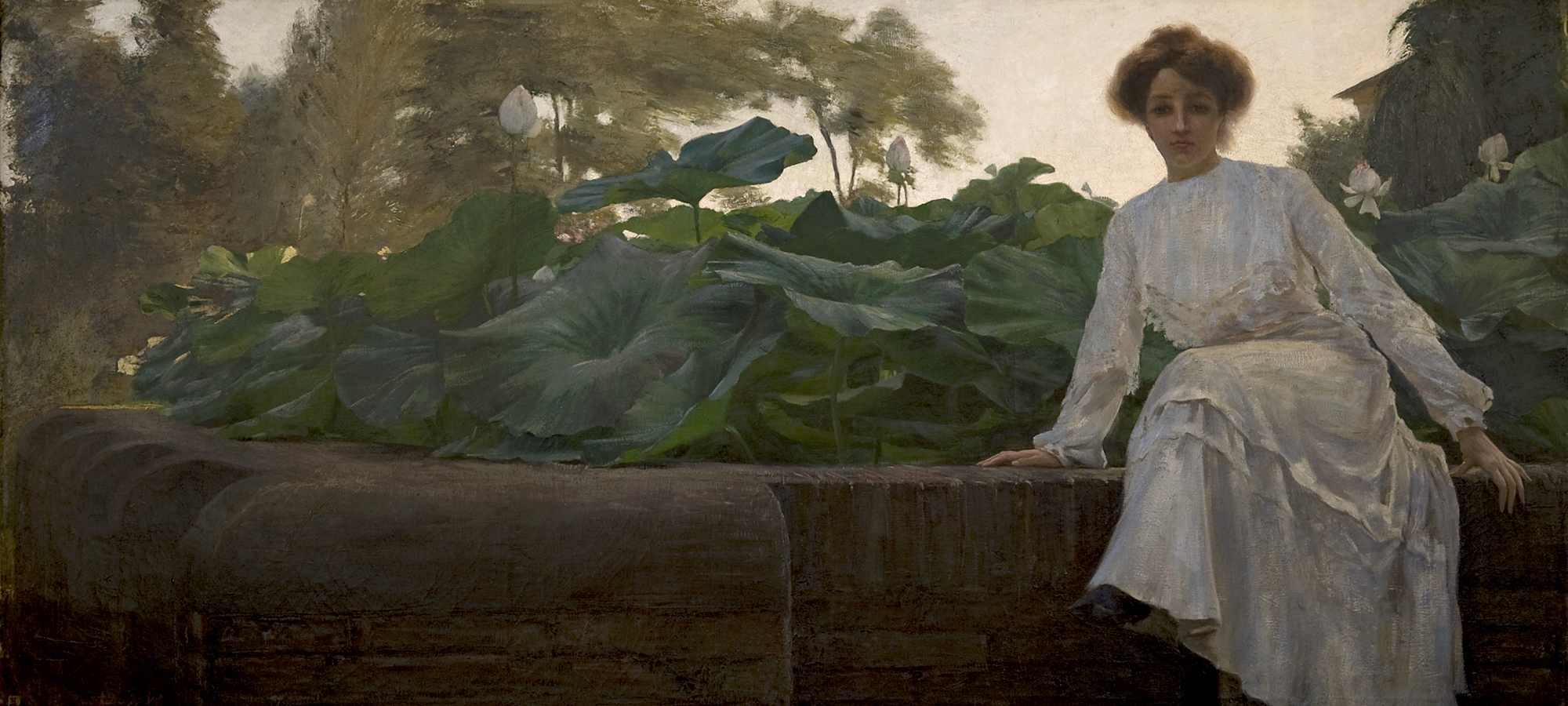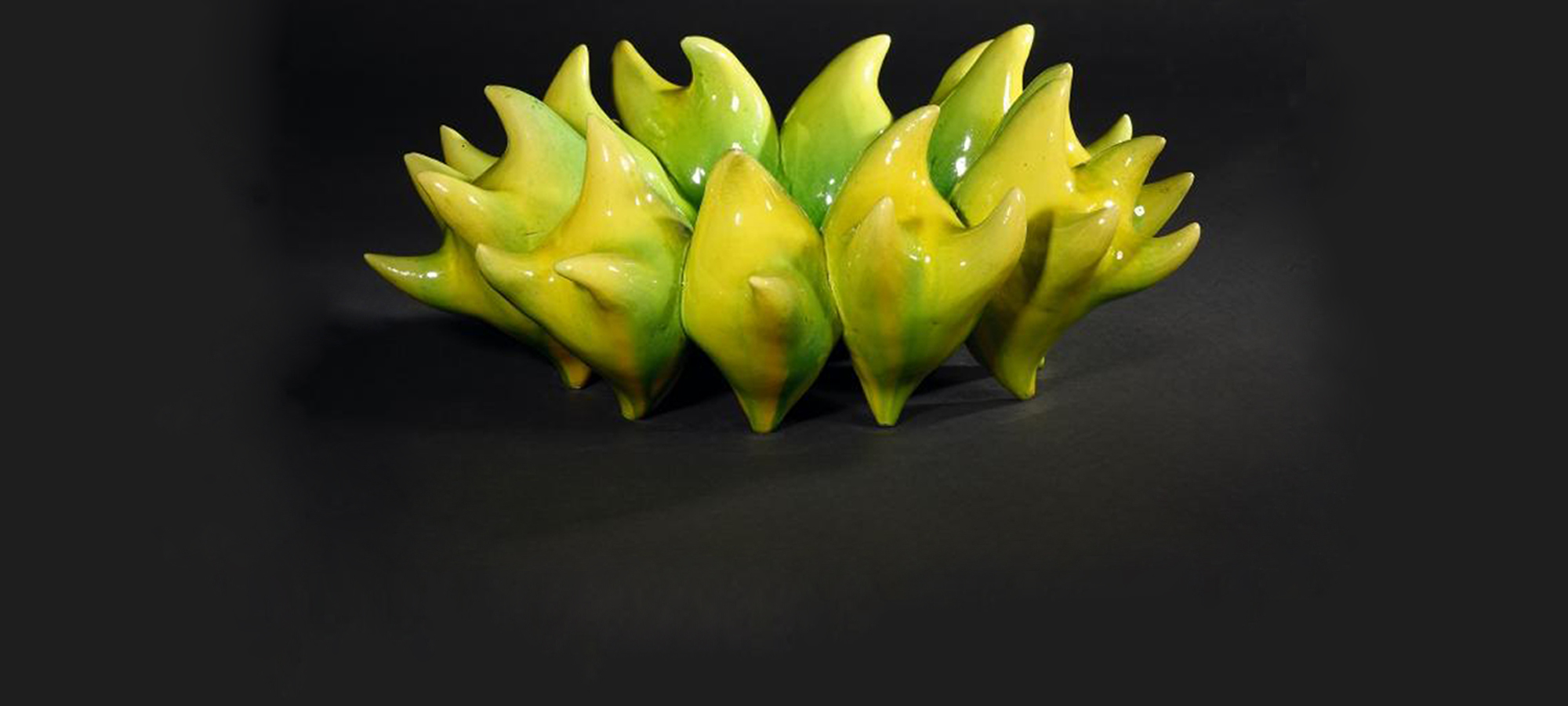Riccione Terme
loc. Riccione
Riccione (RN)
L’acqua che sgorga a Riccione proviene dai territori collinari vicini arricchendosi di minerali lungo il percorso sotterraneo, percorso che può durare dai quindici fino ai quattrocento anni. Le terme si avvalgono di quattro fonti: la fonte Claudia, la Celestina, l’Isabella e l’Adriana con acque diverse l’una dall’altra.
Riccione è un borgo di antica origine, il nucleo medioevale ebbe origine come luogo di sosta lungo la via Flaminia intorno al duecentesco castello degli Agolanti, di cui oggi sono visibili alcuni resti in località Tomba. Per lungo tempo fu un borgo di pescatori sotto la giurisdizione riminese. L’inizio del turismo balneare è legato agli “ospizi marini”; i primi dei quali, aperti dal sacerdote Carlo Tonini, erano pensati come luogo di salubre villeggiatura per i bambini delle classi più povere. Per iniziativa della filantropa Maria Boorman Ceccarini (alla quale è dedicato l’attuale viale principale) vennero creati altri servizi fra cui il porto-canale. Nel 1921 la località contava già tredici alberghi e molte pensioni. Il centro balneare venne impostato su un piano regolatore a schema ortogonale, dividendo il territorio in lotti in cui sorsero una moltitudine di villini immersi nel verde. Questa caratteristica presenza di numerose aree verdi e giardini, che ancora perdura, fece si che la cittadina venisse definita la perla verde dell’adriatico. Le dolci e verdeggianti zone collinari vicine a Riccione, come ad esempio la valle del Conca, sono ricche di fortificazioni del Tre e Quattrocento.
Caratteristiche delle acque:
sulfurea (compresi tutti i sottogruppi)
Personalità collegate:
Cristina di Svezia (regina)
Renata Tebaldi (soprano)
Benito Mussolini (capo di stato)
The water that springs up at Riccione comes from the nearby hilly land, enriched with minerals along the underground route, a route that may last from fifteen to four hundred years. The baths make use of three springs: the Claudia spring, the Celestina and the Isabella, the waters of all of which are different.
The origins of the village of Riccione are very old. The Medieval village was originally the rest-place along the via Flaminia around the Agolanti family's thirteenth century castle, of which some remains can be seen today in the Tomba area. For a long time it was a fishing village under the jurisdiction of Rimini. The start of bathing tourism is linked to the “seaside homes”. The first of these, opened by the priest Carlo Tonini, were thought as healthy holiday places for children from the poorest classes. At the initiative of the philanthropist Maria Boorman Ceccarini (to whom the current main street is dedicated) other services were created, including the harbour-canal. In 1921, the area already had thirteen hotels and many guesthouses. The bathing centre was built on an orthogonal town-planning scheme, dividing the land into lots in which a great number of small houses were built, buried in the green. This characteristic presence of numerous parks and gardens, which still exist, meant that the small town came to be known as the green pearl of the Adriatic. The sweet, green hilly areas near Riccione, such as for example the Conca valley, are rich in fourteenth and fifteenth century fortifications.
Mineral water characteristics:
sulphureous (including all subgroups)
Personalities:
Cristina di Svezia (queen)
Renata Tebaldi (soprano)
Benito Mussolini (statesman)









